
4-4 #Mourn4Them: Samsung Electronics is reportedly planning to develop its own “foldable glass”; BOE, TCL Technology (TCL CSOT), HKC, Tianma, etc., intend to acquire CEC Panda; etc.
Chipsets
Credit Suisse updates their raw wafer supply-demand model and estimate global 12” raw wafer capacity growth to slow from +8% CAGR in 2017-2019 to +3% CAGR in 2020-2021. The demand side in a virus containment scenario would still cyclically rebound from mobile / HPC and memory restocking to +10% / +5% in 2020-2021, implying utilization to recover from 85%-87% in 1Q20 to 95% by 2H21, and getting back to pricing power only in 2022. For mature nodes, 8” utilization is low-90% and pricing stable, while 6” utilization is 70%-75% and pricing down mildly. (Credit Suisse report)
Factoring shipment controls and utilization still below 90%, Credit Suisse estimates the 12” raw wafer price declines will moderate from -10%-15% YoY in 4Q19 to –2%-3% YoY by 4Q20. On the downside, coronavirus will impact full year and dampen demand growth to 0%, shipments would decline 10-15%, pricing may be negotiated down another 10-15% for 2021. (Credit Suisse report)
The capacity expansion will be the key driver for growth in 2020 (50% of the semiconductor capacity growth) led by TSMC as it builds out to 80k WPM for 5nm ramp in 2021 and 20-30k additional capacity for 7nm to support its 5G and HPC products migrating to that node. Tier 2 foundries, including Samsung and UMC, will also add capacity to support growing demand on the mature nodes from CIS, ISP, connectivity chipsets and OLED driver IC. In China foundries, SMIC will continue to grow its capacity to support its growth on 55nm, 40nm and 28nm and 14nm ramp, while Hua Hong is also ramping its Wuxi 12” fab for power IC and embedded memory applications. (Credit Suisse report)
Credit Suisse estimates global 8” raw wafer capacity supply to grow at 3% / 4% YoY in 2020 / 2021, close to the semiconductor makers’ capacity expansion. The 8” raw wafer expansion from major suppliers will include FerroTec’s plan in Hangzhou China for 350k WPM by the end of 2021 (6% of industry supply), though it has turned more conservative on the time frame due to modest oversupply and additional financing required for its new 12” raw wafer fab in China. (Credit Suisse report)
According to Omdia, HiSilicon would ship the most 5G chipsets in 2020, mainly driven by Huawei’s high-end P and Mate series, with total 57M units. Qualcomm’s 5G chipsets would exceed 40M units, focusing on mid-to-high end SDM865 and SDM765 platforms. (Omdia report, Omdia report)
Touch Display
Samsung Electronics is reportedly planning to develop its own “foldable glass”. The cost of foldable glass that is applied to Galaxy Z Flip is USD40. The cost of tempered glass used for normal smartphones is around USD2. If Samsung Electronics Mobile Division, which manufactures smartphones, manufactures foldable glass as well, it is expected to have a huge impact on South Korea’s foldable smartphone materials and components industries. (Android Headlines, ET News, CN Beta)
BOE is reportedly developing a 27” 4K display with a 2048-zone mini-LED backlight. The new 27” 4K panel offers a 64×32 array which results in 2048 mini-LED partitions. The display supports HDR and has a peak brightness of 1000nit. (GizChina, Gizmo China, My Drivers)
BOE, TCL Technology (TCL CSOT), HKC, Tianma, etc., intend to acquire CEC Panda to expand their panel production capacity. CEC Panda is established in 2012. Its main products are TFT-LCD panels, color filters and liquid crystal modules. The flat panel display began to invest in the construction of LCD panel projects in 2013, with a total investment of about CNY28.9B. It is put into production on 31 Mar 2015 for trial production. (Sohu, Laoyaoba, OfWeek)
Samsung Display will cease production of traditional LCD displays by the end of 2020. Their retooled efforts will focus on QD-enhanced OLED displays. Samsung Display plans to mass-produce QD-enhanced OLED panels in 1H21, so it is highly likely that Samsung Electronics will produce a TV with a QD-OLED display in 2021. (CN Beta, AnandTech, Reuters)
Camera
According to Omdia, the outbreak of pandemic COVID-19 currently has little impact on the camera supply side, yet the main impact is on the market demand. Based on the expectation of smart phone shipment in the global markets, the number of camera needs has been revised downwards. (Omdia report, Omdia report)
Being the first to launch a phone with a 108MP sensor, Xiaomi is reportedly to continue the streak with the upcoming 144MP sensor, with its upcoming Mi 10S Pro or Mi CC10 Pro. Only Samsung is rumored to be working on a 144MP camera sensor. (Gizmo China, My Drivers)
Memory
SK Hynix has unveiled its latest DDR5 memory roadmap in which it has confirmed to commence mass production of the next-generation DRAM chips in 2020. The speeds ranging from 3200 MHz all the way up to 8400 MHz with DDR5. (My Drivers, CN Beta, AnandTech, WCCFtech)
Sensory
The AI system “Derma”, developed by the University of Tokyo and the Sony Computer Science Institute, can successfully transform from mouth shape (silent speech) to speech by attaching sensors to the skin around the throat. The device installs accelerometers and angular velocity sensors in just two positions of the jaw skin, complemented by machine learning, to perform silent “speech recognition” by quivering from the jaw to the throat caused by the movement of the jaw and tongue muscles that occur as the speech occurs. (CN Beta, Elecfans, Small Tech News)
Battery
General Motors (GM) and Honda have agreed to jointly develop two all-new electric vehicles for Honda, based on GM’s highly flexible global EV platform powered by proprietary Ultium batteries. The exteriors and interiors of the new EVs will be exclusively designed by Honda, and the platform will be engineered to support Honda’s driving character. (Engadget, General Motor, Sina)
Connectivity
Chinese consumers are among the most excited by the prospect of 5G. They are generally more optimistic than other markets about the benefits of 5G, with greater expectations of lower service costs, innovative services and new connected devices. In addition, consumers in China are likely earlier adopters of 5G (versus the US, Japan and Europe) and seem the most willing to pay more for 5G services – a key driver of potential 5G consumer revenue uplift. (GSMA, report, report)
4G is by far the dominant mobile technology across China, accounting for more than 80% of total connections (excluding licensed cellular IoT). However, 4G’s share will peak in 2020 (at 82%) as 5G grows significantly. IoT connections will more than double across China by 2025 to reach 8B; most of the growth will come from enterprise. (GSMA, report, report)
By the end of 2019, 1.2B people subscribed to mobile services across China. This accounts for 82% of the region’s population and places China among the world’s most developed markets. As with all advanced markets, adding new subscribers is increasingly difficult, with the cost of reaching rural populations hard to justify against a challenging financial backdrop for operators. Despite this, there will be around 60M new subscribers by 2025. (GSMA, report, report)
Phone
Google is expanding its coronavirus support efforts by aiding in the fight against misinformation with USD6.5M pledged to fact-checkers and non-profits. The Google News Initiative (GNI) is stepping up its support for First Draft. (Android Central, Google, CN Beta)
According to CCS Insight, global demand for mobile phones in 2020 will be almost a quarter of a billion units lower than that in 2019, a drop of 13%. CCS Insight now expects that only 1.57B mobile phones will be sold worldwide in 2020, the lowest number in a decade, with smartphones reaching just 1.26B units, down from 1.41B in 2019. (CCS Insight, press, Android Central)
America’s Food Fund has launched with a USD12M donation from Laurene Powell Jobs’ Emerson Collective and Apple. (Apple Insider, Go Fund Me, CN Beta)
Huawei has become a licensee member of the Open Invention Network (OIN), which agrees to cross-license Linux patents to one another royalty free and to any organisation that agrees not to assert its patents against Linux. (CN Beta, The Register)
It is rumored that Honor has a large stock of 4G smartphones but now the brand’s president George Zhao denies that allegation. He has also boasted his brand to have performed better than Mar 2019 even during these hard times. (C114, CN Beta, Gizmo China)
According to Counterpoint Research, global online music streaming subscriptions grew 32% year-on-year (YoY) reaching 358M subscriptions in 2019. Spotify topped 2019 grabbing a 31% share of the total revenue and a 35% share of the total paid subscriptions. The runner up, Apple Music, follows with a 24% share of total revenues in the industry and a 19% share of the total paid subscriptions. (CN Beta, Apple Insider, Counterpoint Research)
Amazon is reportedly is planning to release an early version of its game streaming platform, code-named “Project Tempo”. When it comes to cloud-based gaming, Amazon will have to compete with Microsoft and Google. Both companies already have their feet firmly planted in the space — Microsoft with Project xCloud and Google with Stadia. (My Drivers, TNW, PC Gamer, NY Times)
Moto G8 Power Lite is launched – 6.5” 729×1600 HD+ IPS, MediaTek Helio P35, rear tri 16MP-2MP macro-2MP depth + front 8MP, 4+64GB, Android 9.0, rear fingerprint, 5000mAh 10W, EUR169. (Android Headlines, XDA-Developers, Android Police, Motorola)
Wearables
Xiaomi has launched a new true wireless stereo (TWS) earphones, Mi Air 2s, which is priced at CNY399 (USD56). It comes with an upgraded dual-core chipset and also uses the new binaural synchronous transmission technology to transmit sound signals to the left and right earphones at the same time. (GSM Arena, Gizmo China)
Redmi’s first wearable device, Redmi band, is officially released with a retail price of CNY99.9. The It features a 1.08” square color display and provides 72 watch-faces. The band comes in black, blue, red, and brown colors. The band supports heart rate monitoring, sleep monitoring, sedentary reminders, etc., and supports 24/7 health management. (My Drivers, Android Authority)
Augmented / Virtual Reality
Mixed reality (XR) programs that produce results of this scale and magnitude have historically been rare and exceptional, but according to the dozen-plus industry experts who shared their insights with Unity, that is changing. Unity believes the following factors that is why 2020 is shaping up to be a year to remember for XR in the industrial sector: (1) the proof is the proof of concept; (2) XR is primed to enter its “grown-up phase”; (3) XR will reach meaningful scale, spurring a new wave of companies to join the party. (Unity, report, report)
Robotics
In an effort to keep medical staff safe, robots are being used to help care for COVID-19 patients at an Italian hospital. Circolo Hospital in Varese—a city in northern Italy, the country’s epicenter of coronavirus—is using six robots to help staff monitor patients without having to make direct contact. (My Drivers, NY Post, Now This)
Artificial Intelligence
Apple has acquired Dublin, Ireland-based company Voysis, a startup that conducts work on improving natural language processing in virtual assistants. Voysis developed a natural language processing platform tailored to voice-based assistants deployed in online shopping apps. (My Drivers, Apple Insider, Bloomberg)
98point6, a telemedical startup whose platform pairs clinicians with AI to provide text-based care, has announced that it secured USD40M in financing. The platform learns from each visit, becoming more perceptive each time it is used. (VentureBeat, GeekWire)
Economy
The sharp rise in COVID-19 cases in Europe and US in past week has led to stricter restrictions across regions. Credit Suisse Economics teams have cut 2020 GDP forecasts for the US, Europe region and China. Governments are trying to mitigate the impact of COVID-19 by using monetary, fiscal and administrative (lockdown) measures. Both the quantum of fiscal stimuli and efficiency of implementation will determine the extent of beneficial impact. (Credit Suisse report)
Credit Suisse expects real US GDP to contract by -12% in annualized terms in 2Q20, following a contraction of -1.5% in 1Q20. For 2020 as a whole they now expect -0.9% GDP growth. They also expect euro area GDP to fall by over 6% between the end of 2019 and 2Q20, before rising again towards the end of 2020 and into 2021. That means they forecast that euro area GDP will fall 4% in 2020, before rising 5% in 2021. UK GDP will fall 3.8% in 2020 and grow 4.1% in 2021. (Credit Suisse report)
Guotai Junan Securities has used the Ministry of Commerce’s data on the export employment of the unit to divide it into 3 scenarios to discuss the impact of the global economic downturn on China’s GDP growth and employment: the benchmark scenario, the optimistic scenario, and the pessimistic scenario. (Guotai Junan Securities report)

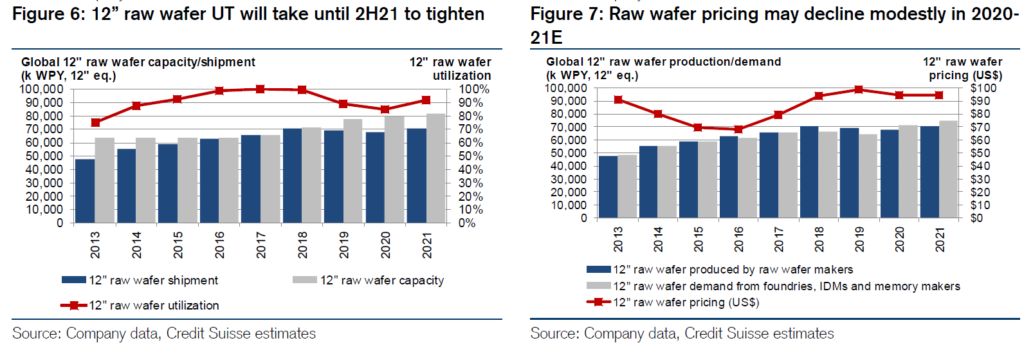
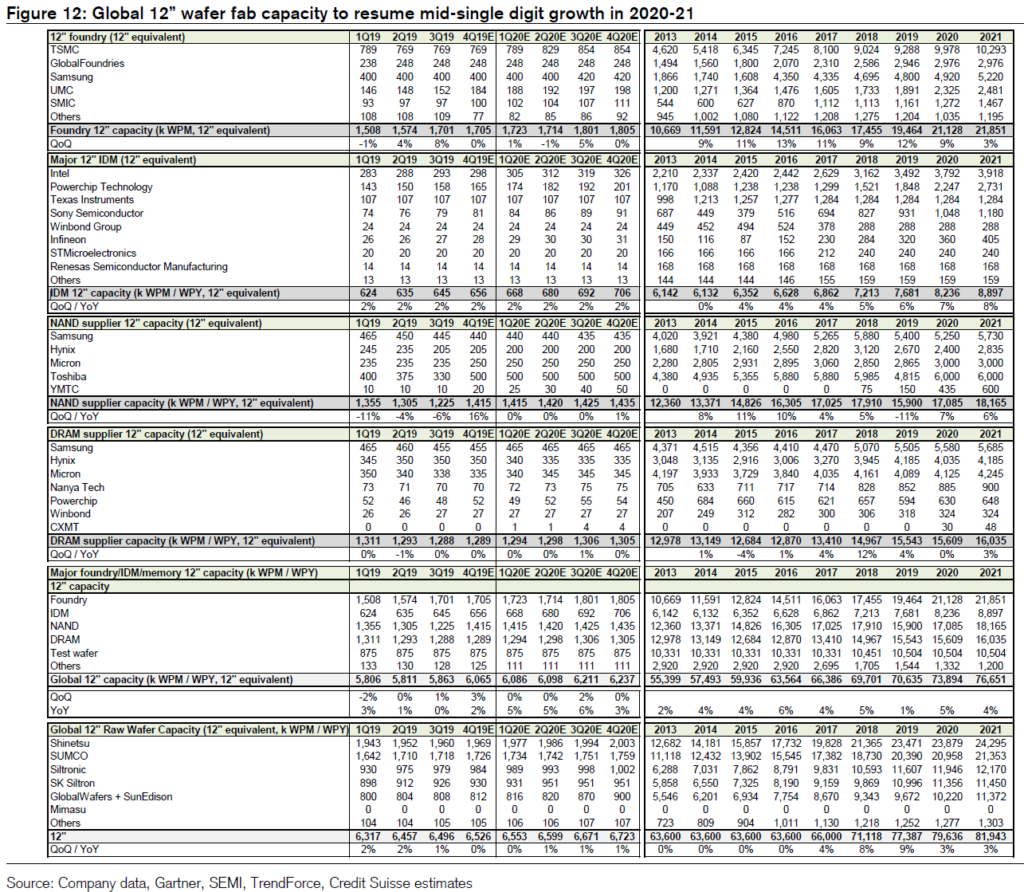
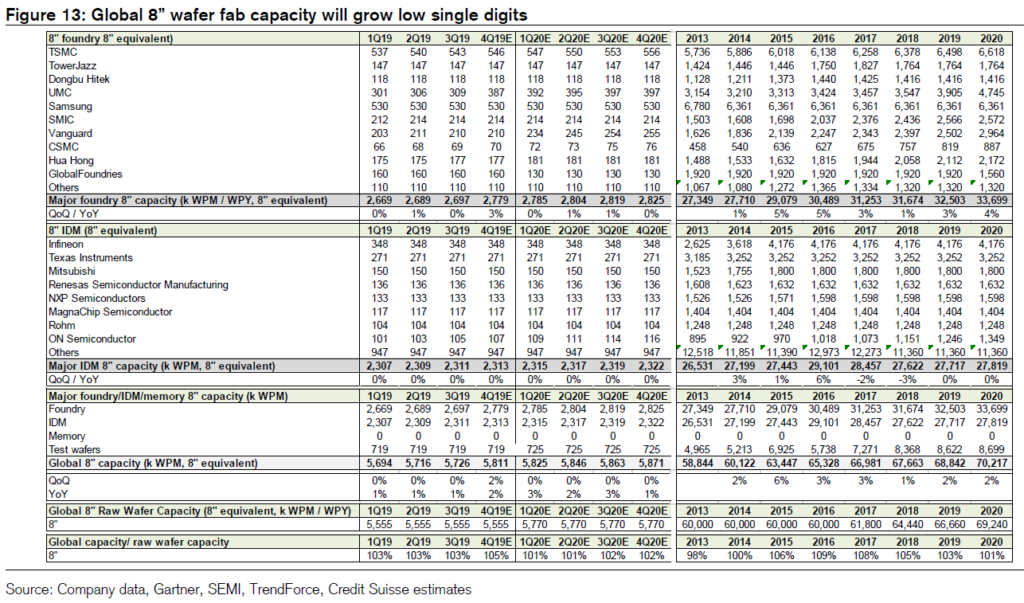
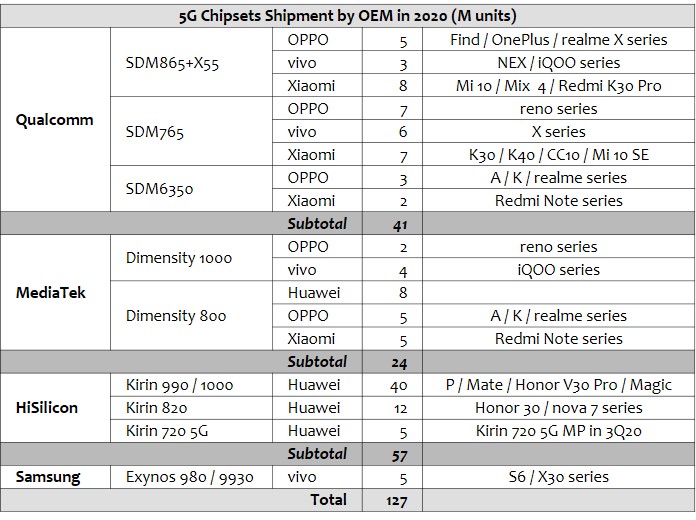

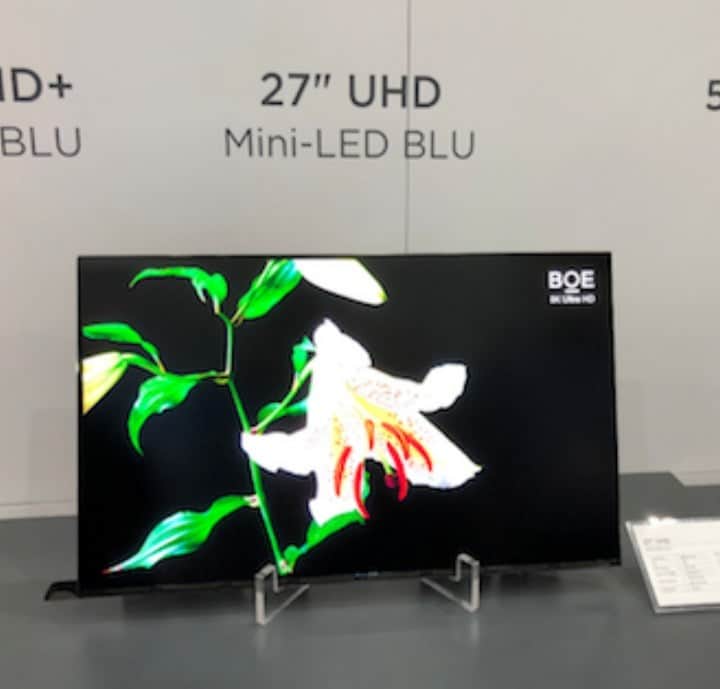
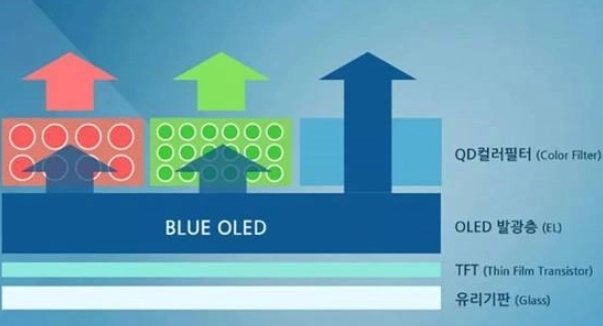
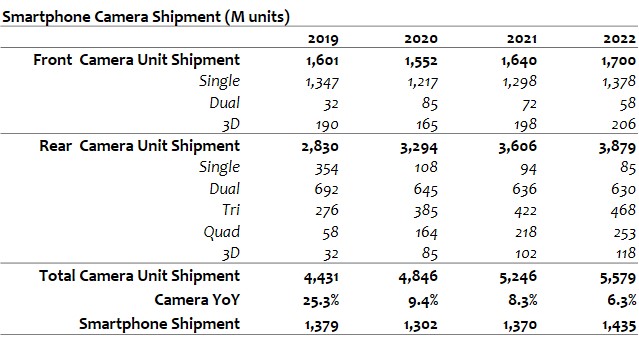
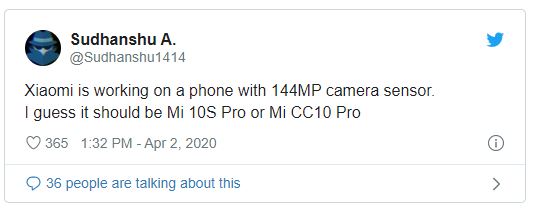
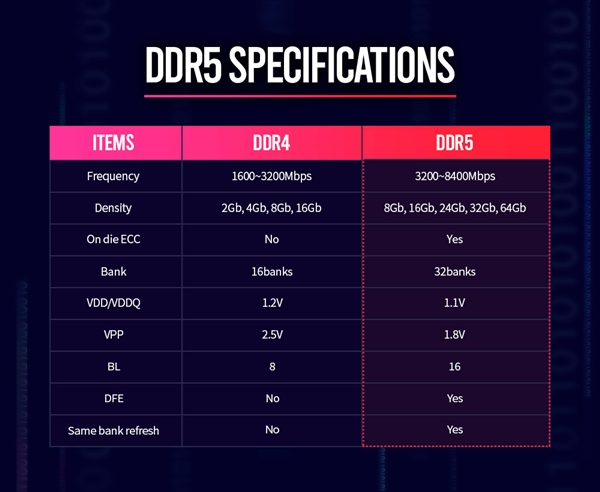
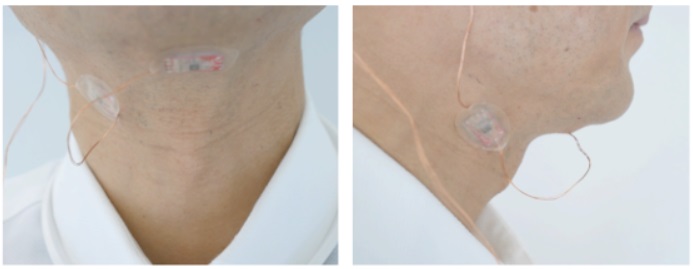
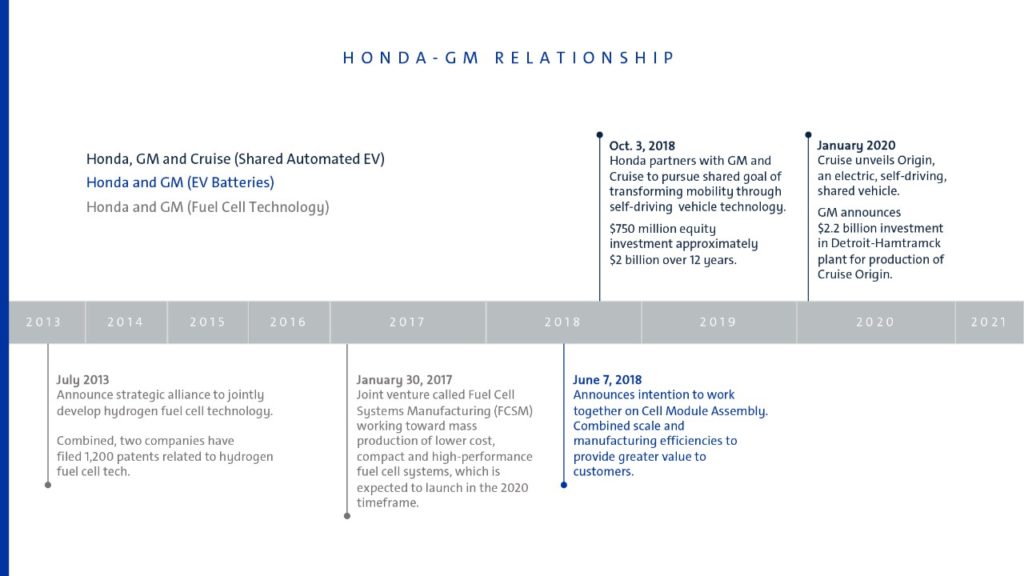
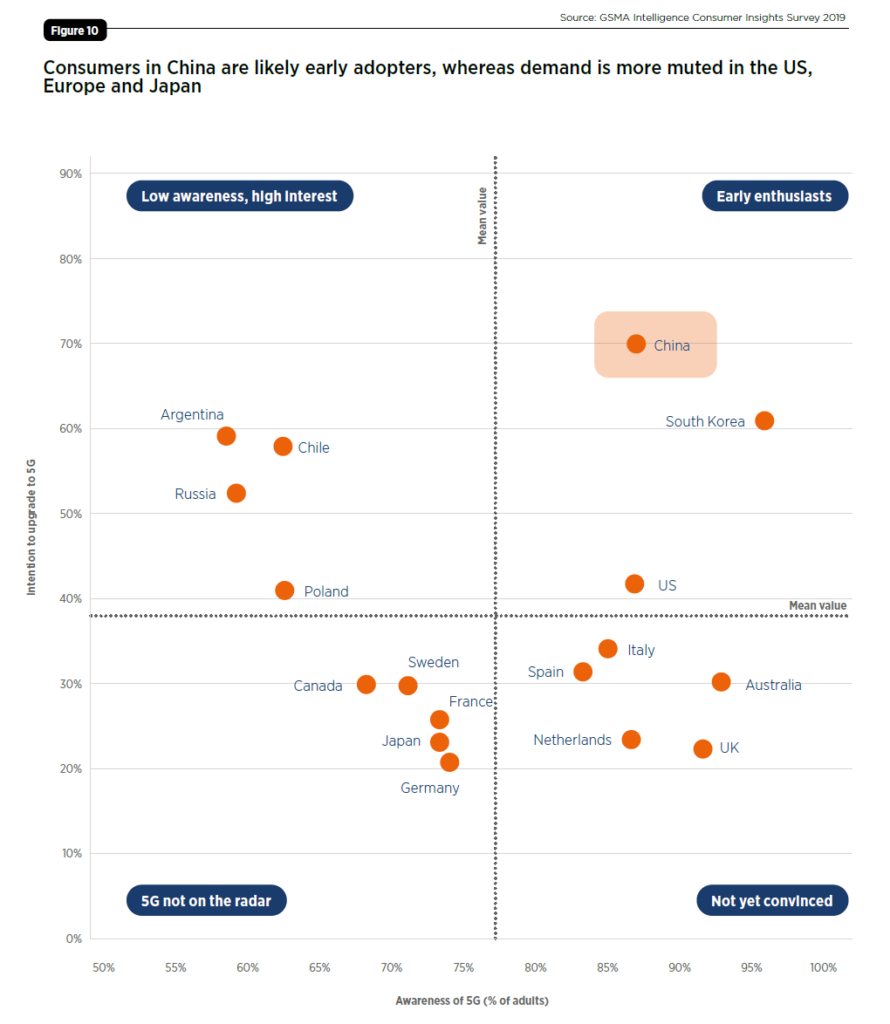
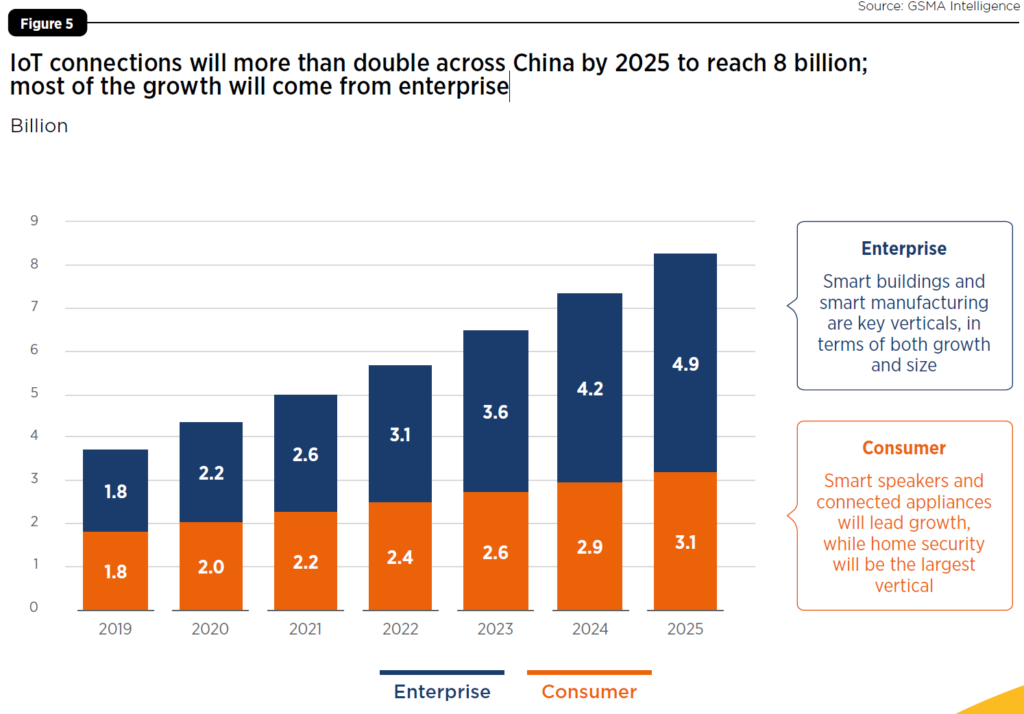
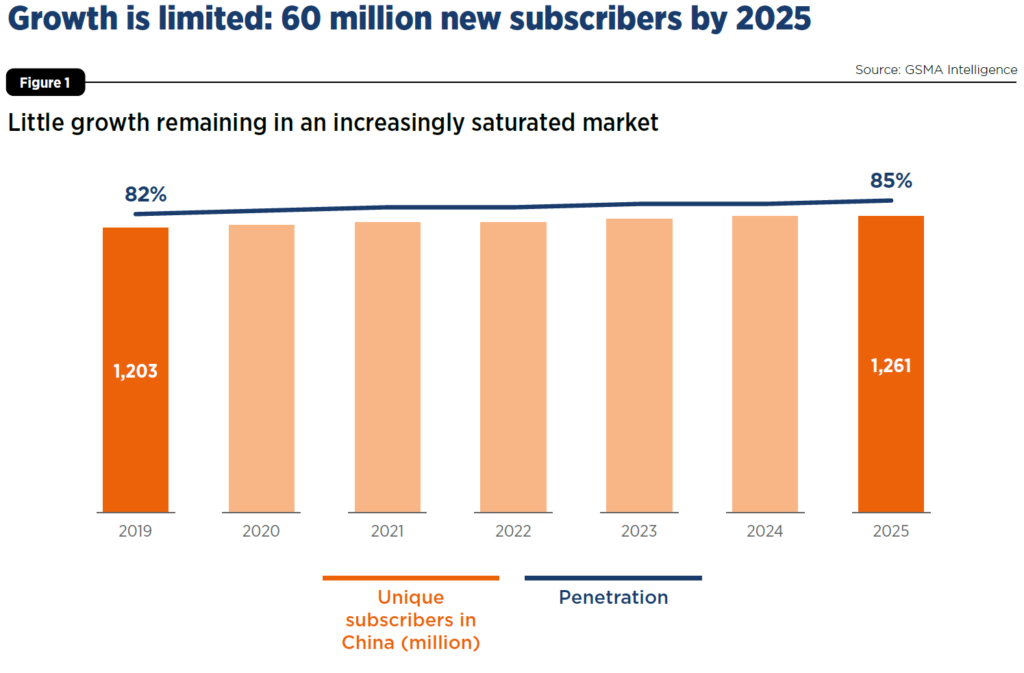
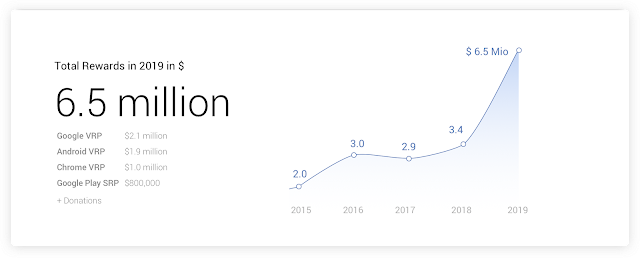
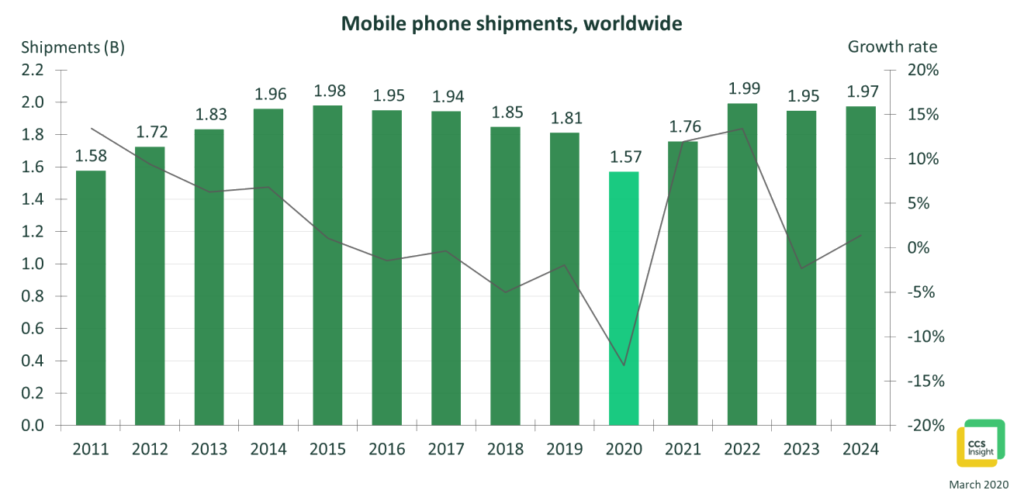

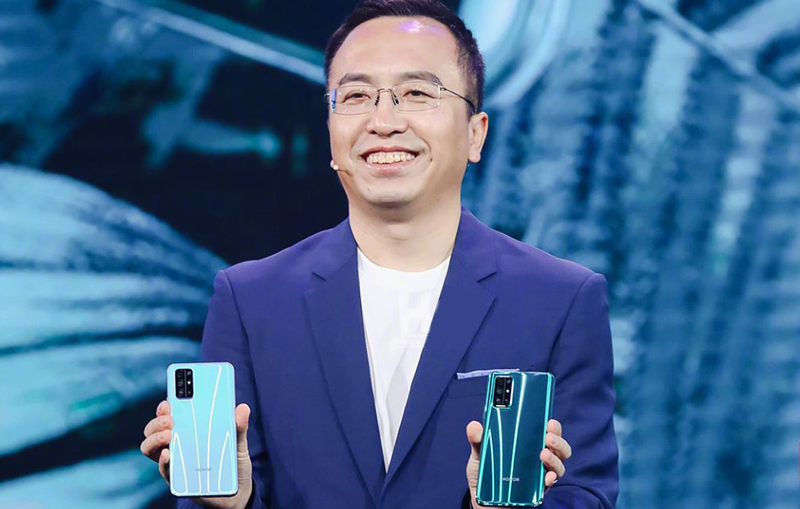
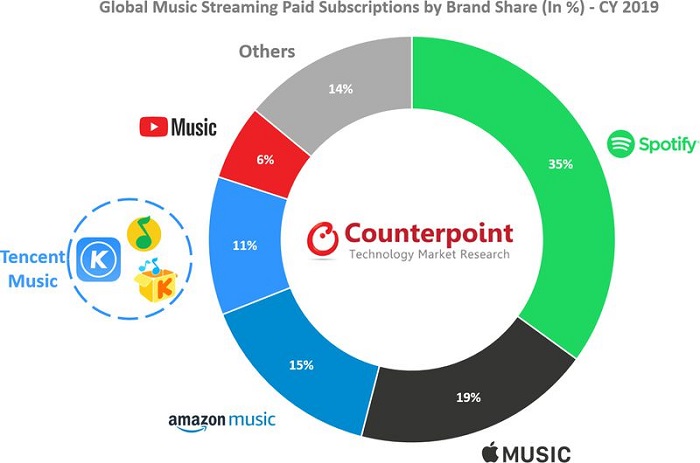
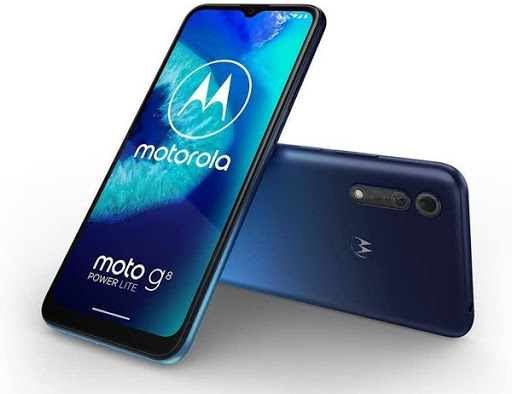
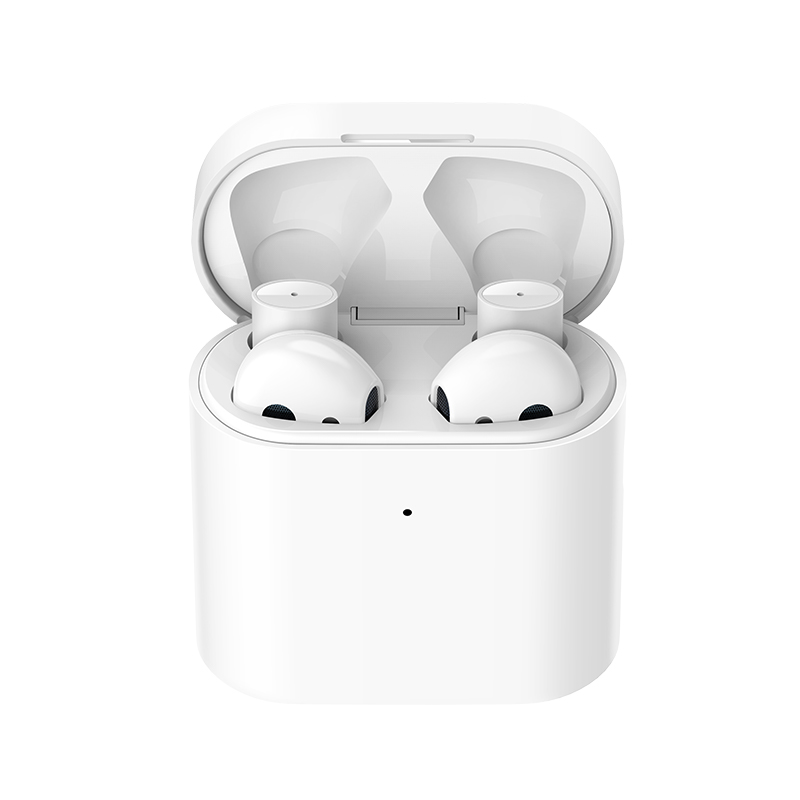
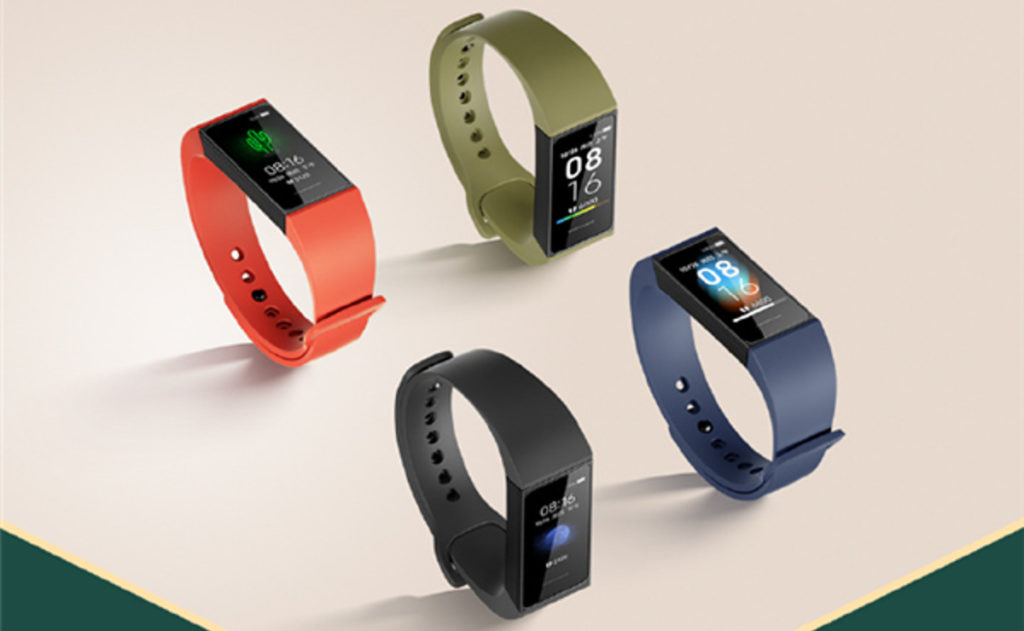
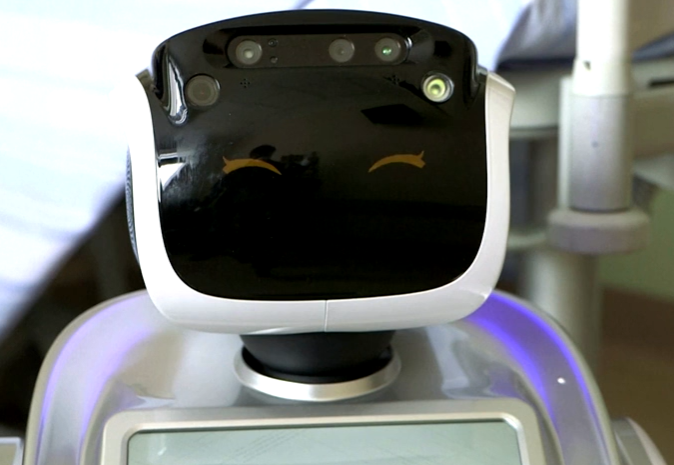

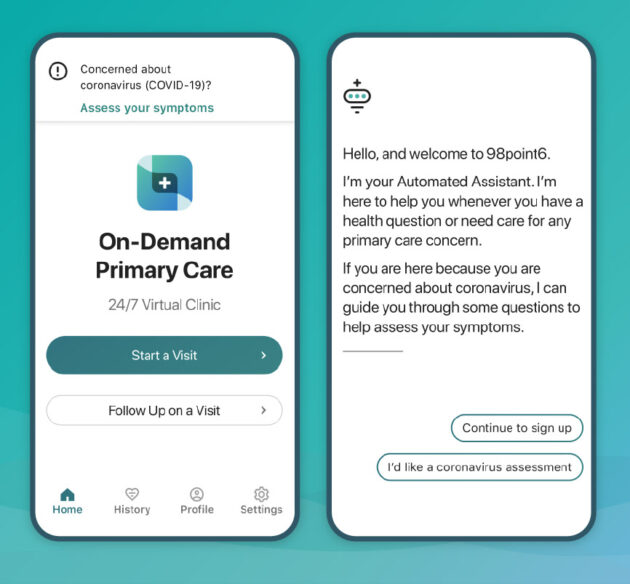
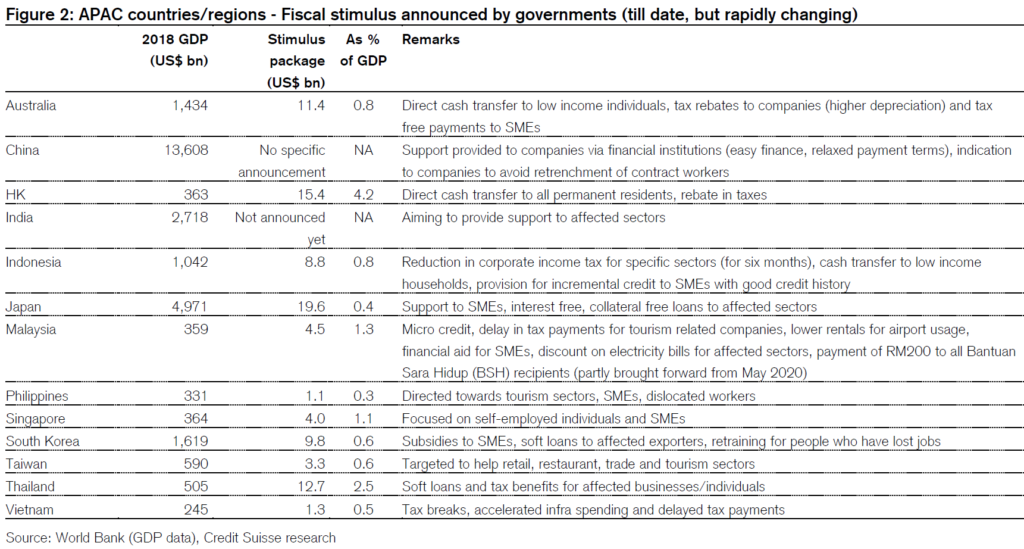
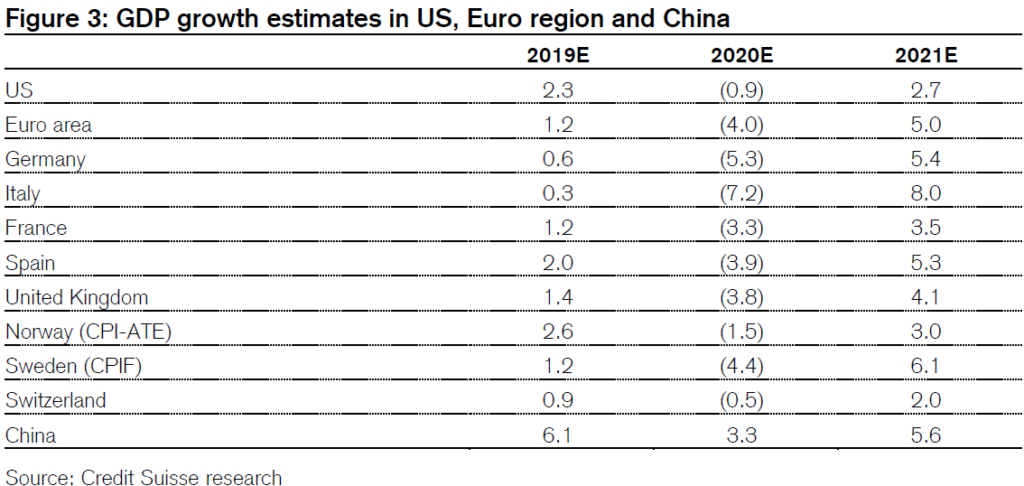
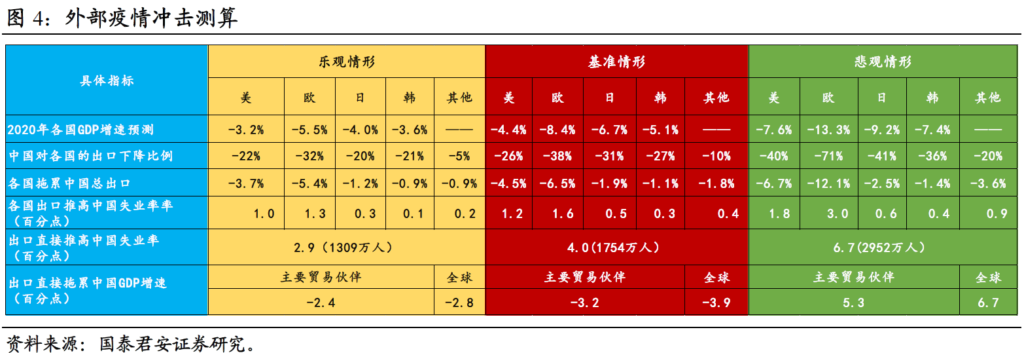
thank u